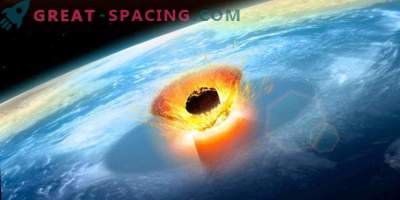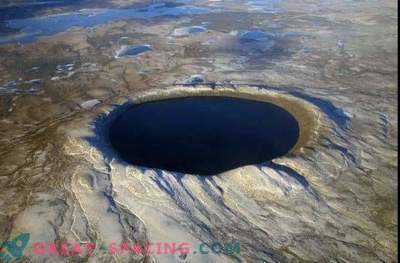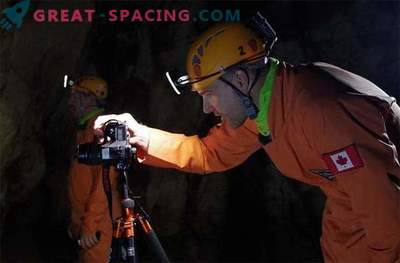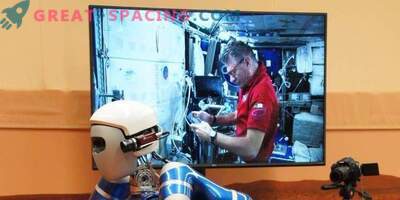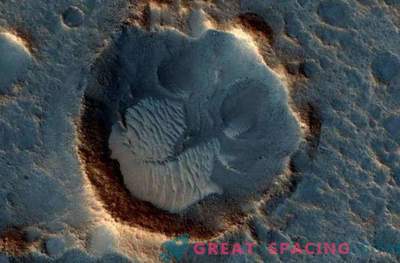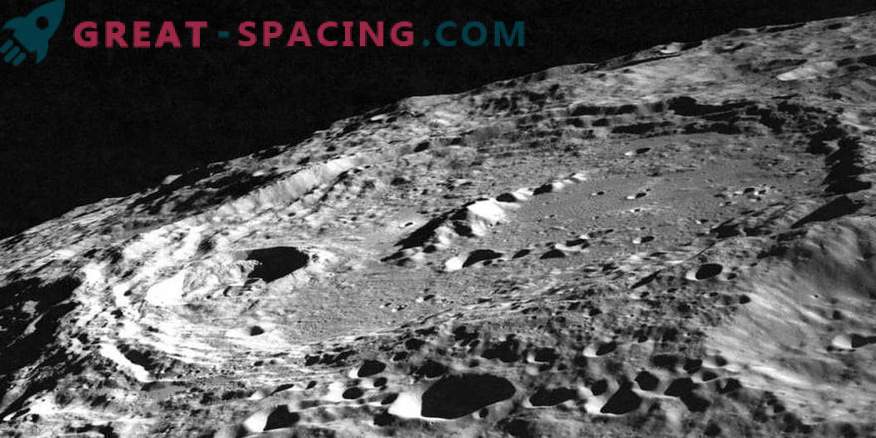
A new method based on AI will be able to calculate the lunar craters.
The researchers decided to use a new technique to measure the size and locations of crater effects on the moon. If you rely solely on human labor, the process seems complicated. You have to manually browse through the images, search for and count the craters, and then calculate their sizes.
The new technology is based on artificial intelligence that can automate the process, which saves time and effort. Early researchers have already tried to create algorithms that can identify and count craters. But when applied to poorly visible areas, the methods did not work.
Now a new algorithm has appeared that can see craters not only on the Moon, but also on Mercury. To confirm the accuracy, scientists first trained the neural network in a huge amount of data covering 2/3 of the Moon. The mechanism worked so well that it managed to find twice as many craters than offered by manual counting. In fact, approximately 6,000 previously unknown craters were discovered. The technique is based on an ultra-accurate neural network - a class of machine learning algorithms, which is used in various spheres of human life. The data used by the algorithms were taken from the maps of orbital satellites.
There are tens of thousands of unidentified craters on the moon, which are almost impossible to find by eye. Therefore, mechanical devices here have great potential. It is extremely important to know the size and number of formations on the moon, because it provides a wide information layer about the early history of our system.
On the moon, there is no atmosphere, plate tectonics, water, and little erosion, which is why she managed to preserve ancient traces of impacts (craters with an age of 4 billion years). It is important to note that the technique works for airless celestial bodies. In the future, they plan to improve the algorithm in order to find even more small craters.


